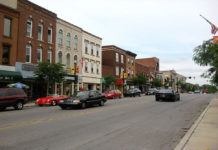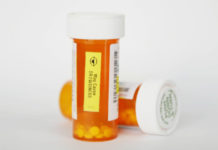The need for drug rehabilitation has been known for many years. It is estimated that more than eighty million people in the US suffer from some kind of addiction to drugs. Alcoholism and drug addiction are also the fastest growing health issues, according to the National Institutes of Health. Drug addiction, in particular, is a leading cause of crime and imprisonment. However, drug rehabilitation programs are designed for all levels of drug addiction, from mild dependence to severe abuse, and for all people with different needs.
For some people, drug rehab programs do not work, because they have difficulty sticking to a program. Others might feel uncomfortable with a group environment, while others might be unable to follow through on the program. People who have serious problems should consult their doctors for drug rehabilitation plans, which will address both the physical and emotional symptoms of drug addiction. These plans might also recommend that drug rehab is coupled with medication and psychological counseling. It is also possible for some people to seek help through various other means, like joining an addiction treatment program. Sometimes, the most effective approach is combined drug rehabilitation with traditional forms of treatment.
Many drug rehabilitation programs are focused on teaching the addict how to deal with the cravings for drugs. If someone who has recently quit using drugs knows how to stay sober without the aid of drugs, they can help a person who is trying to recover from drug addiction. Programs for drug rehabilitation usually teach the individual coping mechanisms that will help them manage the withdrawal symptoms and stop using drugs when they are out of drugs. Rehab programs are also designed to train the addict how to deal with their emotional and mental symptoms of drug addiction.











